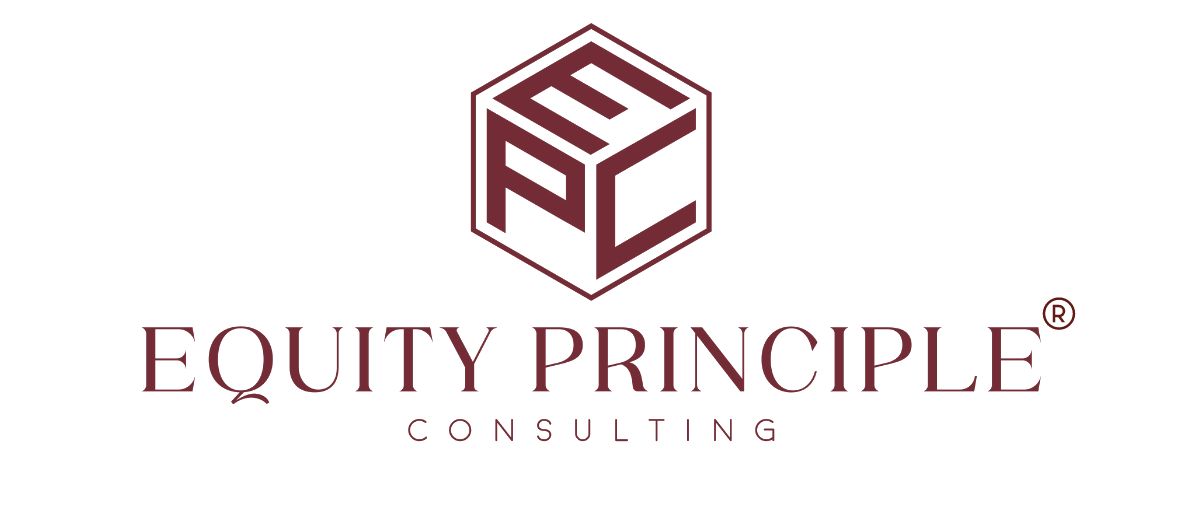From Equality to Equity: Creating Genuinely Inclusive Workplaces
In some corporate spaces, a pivotal shift in perspective is underway as forward-thinking leaders move from an equality-based framework to an equity-focused approach to support employees.
While traditional thinking presumed that treating all employees equally is the hallmark of fairness, progressive leaders recognize the limitations inherent in this equality-centered view. They are now advocating for equity-focused policies and programs.
This transition underscores a critical realization: treating everyone the same often overlooks the diverse needs and potential within the workforce.
Embracing an equity-focused mindset, companies can customize resources and opportunities to suit the unique requirements of each employee, ensuring that support is aligned with individual paths to success.
By prioritizing equity over equality, organizations commit to a deeper level of inclusivity, where the goal is not just to provide equal chances but to ensure equitable outcomes for all.
Equality in the Workplace: A Uniform Approach
The principle of equality is akin to distributing identical resources or opportunities to all employees, irrespective of their individual circumstances. This approach assumes a level playing field, neglecting the diverse needs and backgrounds within the workforce. While equality aims for fairness by treating everyone the same, it may inadvertently overlook the disparities in employees’ starting points, potentially perpetuating inequities.
Equity: Customized Solutions for Inclusivity
In contrast, equity involves acknowledging and addressing the unique needs and barriers employees face. This approach tailors support to level the playing field, ensuring all employees have equal opportunities to succeed. Implementing equity in the workplace might encompass adjustments such as flexible work schedules to accommodate various personal responsibilities or specialized development programs for historically underrepresented groups.
Adopting an equity-focused lens allows us to:
- Provide Tailored Support: Equity entails the provision of resources and opportunities tailored to individual needs, like personalized training regimens for athletes, and understanding and addressing the unique needs of employees to ensure everyone can perform at their best.
- Boost Innovation and Creativity: A diverse workforce where every member feels valued and supported brings a broader range of ideas and perspectives, driving innovation and enhancing problem-solving capacities.
- Enhance Employee Satisfaction and Productivity: When people are genuinely supported and valued, they’re more engaged, motivated, and productive.
Bringing It to Life: Real-World Examples
- Flexible Work Arrangements: Recognizing that the 9-to-5 grind isn’t ideal for everyone, offering flexibility can help employees more effectively manage their professional and personal lives.
- Targeted Development Opportunities: Tailoring growth and development programs to support underrepresented or marginalized groups can help level the playing field and mitigate historical disparities.
- Accessibility for All: Ensuring workplace environments are physically and digitally accessible to everyone is a cornerstone of equity.
The distinction between equity and equality is more than semantic; it is fundamental to creating workplaces where inclusivity is not merely aspirational but operational. Prioritizing equity isn’t just about fairness; it’s about recognizing and valuing our differences and leveraging them to create a more substantial, inclusive workplace. It’s about ensuring that every employee has what they need to succeed, which benefits everyone by building a more dynamic, innovative, and cohesive team.

